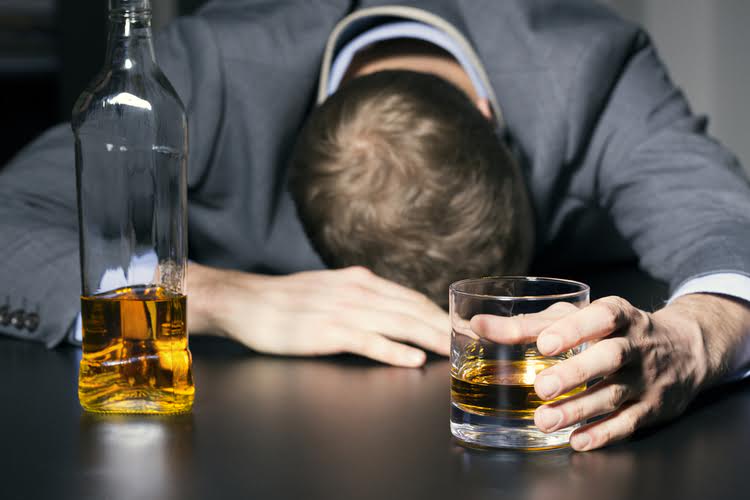If you recently completed a treatment program, contact the staff there for referrals to local sober living homes. Research on sober living houses also states that residents experience a higher possibility of securing employment and a lower likelihood of getting arrested. A halfway house is commonly known as a type of recovery housing that helps people in incarceration https://cheapraybans.us/ transition from addiction treatment to a more independent, healthy lifestyle. Sober living homes may or may not be accredited or licensed through a state, local, or national agency. Sober living homes are maintained through fees, and residents can usually stay as long as they want. Unlike many halfway houses, sober homes are not monitored by state agencies.
Daily Activities in Sober Living Homes
Other homes have more free time, and residents are more independent. In NARR homes, the goal is to protect the health of all residents, not to punish the resident experiencing relapse. In Oxford Houses, individuals who relapse cannot return until they complete a 28-day rehab program or complete treatment and demonstrate an ability to continually attend support group meetings. Our mission is to foster long-term sobriety by creating a supportive environment where house members participate in each other’s recovery.

WE KNOW HOW DIFFICULT CHANGE CAN BE

As reviewed elsewhere (Polcin et al., 2004), homelessness affected nearly 6 million people from 1987 to 1993. Conservative estimates indicate 40% suffer from alcohol problems and 15% suffer form drug problems (McCarty et al., 1991). In one county in Northern California, a study of homelessness revealed a lifetime prevalence for substance use disorders of 69.1% (Robertson & Zlotnick, 1997). After World War II many metropolitan areas increased in population. Along with a tighter housing market came more widespread alcohol related problems (Wittman, Biderman & Hughes, 1993). At the same time, the era of self help recovery via Alcoholics Anonymous (AA) was emerging.

Benefits of Sober Living Homes
- A place they will be proud to call their home, enjoy taking care of and being responsible for.
- Sober living homes don’t require accreditation, a state license or oversight from a behavioral health care provider.
- Dawayne Stuard was arrested dozens of times between 1995 and 2020 and served multiple stints in prison.
- But despite the complaints, InvestigateWest found no government agency that investigated whether other survivors or COBS employees could verify the allegations.
House Managers have an important role working with each resident in regards to their respective program of recovery, many times working with therapists and outpatient programs. Managers also engage daily in each resident’s day, perform random drug and alcohol testing, facilitate house meetings and maintain the overall serenity and flow of the home. Sober living homes are structured, safe and substance-free living environments for individuals in recovery. They are also commonly known as sober houses, recovery homes, halfway houses or recovery residences. Recovery for a substance abuser is a long and difficult process. Not only do many have to get inpatient treatment or stay at a rehabilitation facility, they then have to face all of the every day problems they left behind without the stability of a completely controlled environment.
The addiction treatment field must progress beyond the types of evidence based treatments recommended in the literature if it is to succeed in helping large number of individuals achieve sustained sobriety. To live in most recovery residences, you must be abstaining from drug and alcohol use. Some homes will require that you already be sober for a specific period of time. Many people choose to attend 28-or 30-day, 60-day or 90-day inpatient treatment programs before entering sober living environments. SLH’s are alcohol and drug free living environments for individuals attempting to maintain abstinence from alcohol and drugs (Wittman, 1993). They offer no formal treatment but either mandate or strongly encourage attendance at 12-step groups.
In recent years, considerable resources have been directed toward bridging research and treatment (Polcin, 2004). Perhaps the best known example of these efforts is the National Institute on Drug Abuse Clinical Trials Network (CTN) (National Institutes of Health, September 28, 1999). The CTN is an effort to conduct EBP trials in community based treatment http://psychology.net.ru/comcom/Forums.php?Page=1&ForumID=1&id=29562&order=desc&inc= programs to demonstrate generalization of EBP’s to these “real world” settings. Those searching for the right sober living home should look for facilities with reputable staff, and a safe and productive living environment and culture. Since 2003, MOKA has been providing clean and sober structured living for men in recovery on the island of O’ahu.
- Dawayne was a licensed minister, a self-proclaimed Jesus freak, the dad who poured himself into his son’s blossoming football career.
- We do not receive any commission or fee that is dependent upon which treatment provider a caller chooses.
- If you have already gone through rehab, but you’re not quite ready to live independently, this type of facility may be an excellent fit for you.
- While they are both residences designed to support folks in maintaining sobriety and transitioning back into society, there are some key differences.

We encourage everyone to reinforce positive lifestyle changes through adventure, support, and peer feedback. John L. Dudoit, Jr. founded Makana O Ke Akua, Inc. in March 2003 with a vision to create a structured transitional home to help recovering substance https://postupim.ru/english/env.30.shtml abuse offenders maintain a Clean and Sober lifestyle. John wanted to give back the same life-changing support that he was given when he was in recovery. Consider asking folks at a recovery meeting or touching base with any sober friends you may have.

